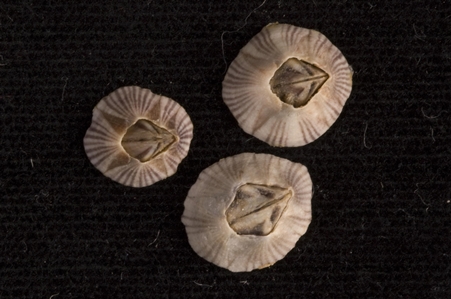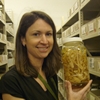General Description
Six smooth side plates around the body with a diamond shape opening. White or with pink-brown stripes radiating from the opening to the edge. Plates in the opening (scuta) have growth lines. Up to 1 cm high, 2 cm wide.
Biology
This is a common fouling species, attaching to rocks, pier piles, shells, crabs and ships.
Habitat
Estuaries and sheltered bays, near low tide level, to depth of 9 m.
Reefs
Coastal shores
Distribution guide
Worldwide. Southern Australia.
Species Group
Depth
Shore (0-1 m)
Shallow (1-30 m)
Water Column
Max Size
2 cm
Diet
Plankton or Particles
Commercial Species
No
Global Dispersal
Recorded in Australia
Species Code
MoV 3306
Identify
Conservation Status
- DSE Advisory List : Not listed
- EPBC Act 1999 : Not listed
- IUCN Red List : Not listed






